The sources circulating on the internet have a common feature: they all call the flower that blooms once every 400 years Mahameru Pushpam or Arya Pu flower. However, not just one flower, these sources show at least 3 flowers with different images, some even call them pagoda flowers (pagoda flower). Let's find out whether these flowers are real or not.
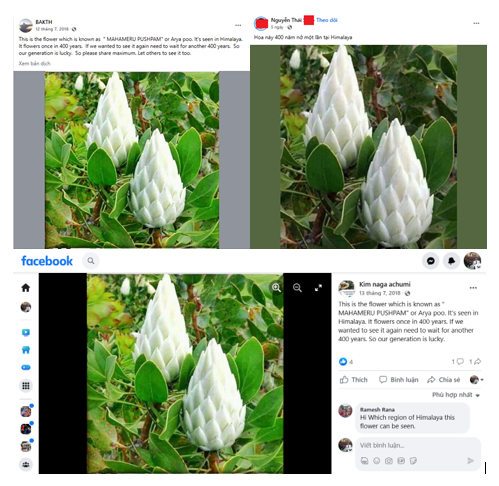
This is not the Mahameru Pushpam flower. This flower has the scientific name Protea cynaroides, belongs to the genus Protea, family Proteaceae.
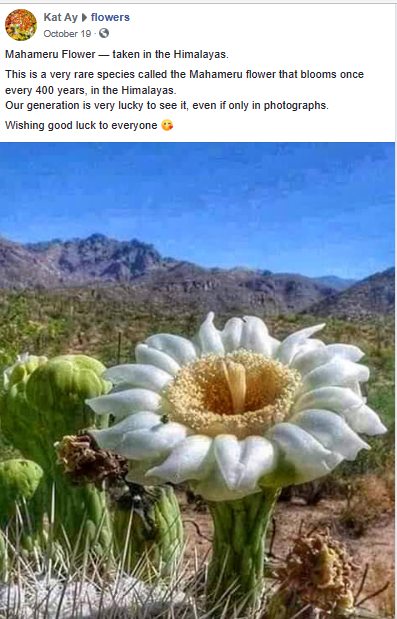
False information says the image on the left is of the Mahameru Pushpam flower, but in fact it is a Saguaro flower, a type of cactus, scientifically known as Carnegiea gigantean, which blooms annually in May-June, not once every 400 years (right and bottom photos).
fireflyforest.com, Wikipedia
First of all, there is a white flower with a tower shape, the base is large and then gradually becomes smaller, called Mahameru Pushpam flower or Arya Pu (Poo) flower. Based on the image, it can be confirmed that this is a real flower, but it is not a rare flower in the Himalayas, and it is not called Mahameru Pushpam. The exact scientific name of this flower is Protea cynaroides, a species of plant with the largest flowers in the genus Protea, belonging to the family Proteaceae; and their English names are protea, king protea, giant protea, king sugar bush or honeypot; the Chinese call it Emperor flower (帝王花)...
Protea cynaroides is the national flower of South Africa, distributed throughout the southwest and southern regions of South Africa. They are also found in Australia, South America, India, South Asia and Oceania... This species blooms all year round, concentrated in the summer months, not once every 400 years. At first glance, we see many petals combined into a Protea cynaroides flower, but these petals are actually bracts, surrounding the actual flower cluster inside; the bracts range in color from white, pink to red.
The second fake news story shows a picture of a Saguaro flower and claims that it is a rare flower and that it is very lucky to see one. In fact, the Saguaro is a type of cactus, scientifically known as Carnegiea gigantean, The flower blooms every year in May-June, not every 400 years. The "Saguaro" flower is the symbol of the state of Arizona, USA.
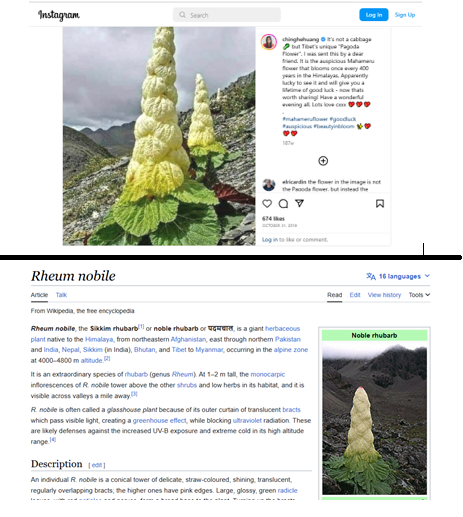
The name Mahameru flower is incorrect (above), this is actually Rheum nobile, a member of the Vietnamese coriander family (below).
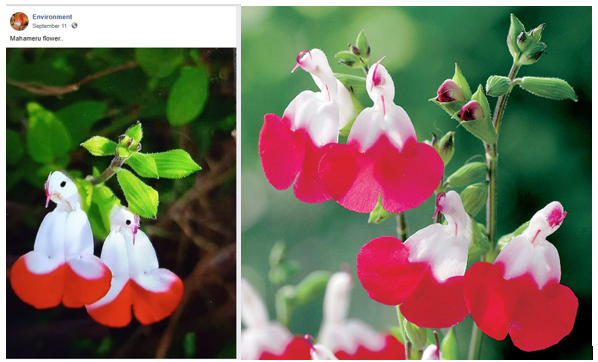
This flower is not the Mahameru flower (above) it is the Salvia Hot Lips flower, scientifically known as Salvia microphylla 'Hot Lips' belonging to the Lamiaceae family.
So what is "temple flower"?
The pagoda flower has the scientific name Clerodendrum paniculatum, a species of the genus Clerodendrum, family Lamiaceae. They originate from tropical Asia and Papuasia (southern China including Taiwan, Indochina, Bangladesh, Sri Lanka...) and other places in Asia. The reason this species is called pagoda flower is because the flower shape resembles a pyramid or a Japanese pagoda. The Chinese call this flower Vien Chuy Dai Thanh (圆锥大青), while the Vietnamese call it Ngoc Nu Do, red color or Xich Dong Nam.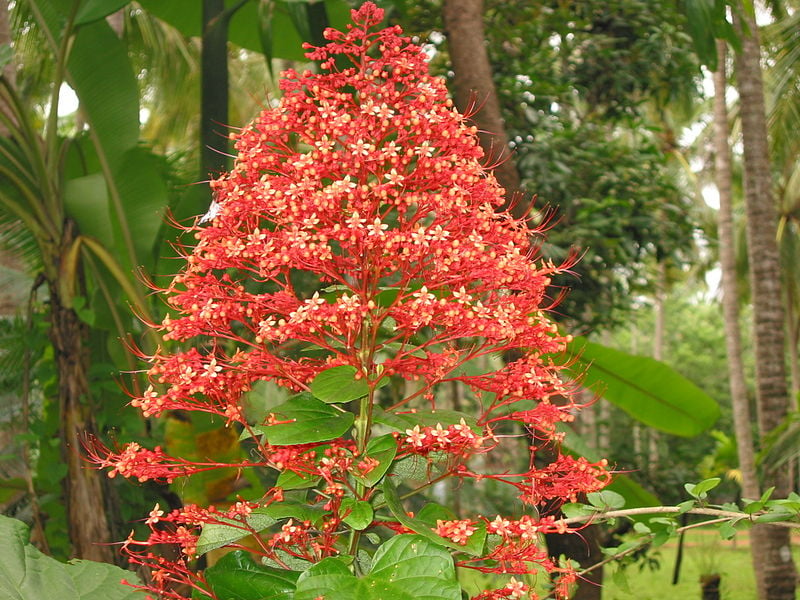
This is the real pagoda flower (clerodendrum paniculatum), in Vietnam this flower is called red pearl, red mo or red copper male


























![[Photo] National Assembly Chairman attends the seminar "Building and operating an international financial center and recommendations for Vietnam"](https://vphoto.vietnam.vn/thumb/1200x675/vietnam/resource/IMAGE/2025/7/28/76393436936e457db31ec84433289f72)







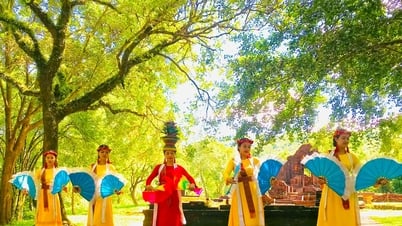

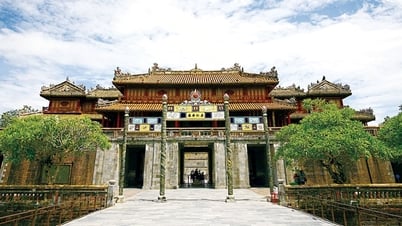

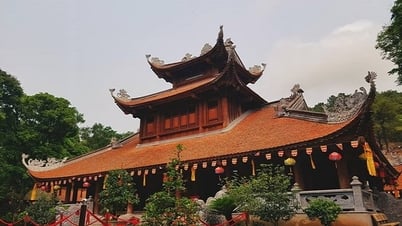

























































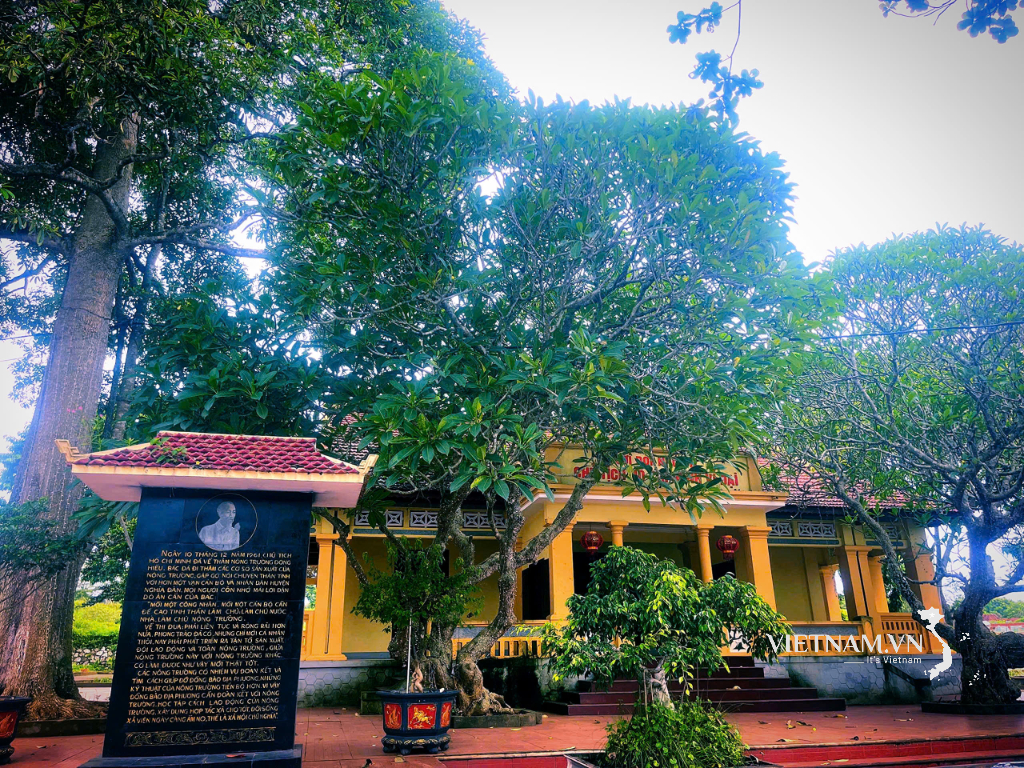



Comment (0)